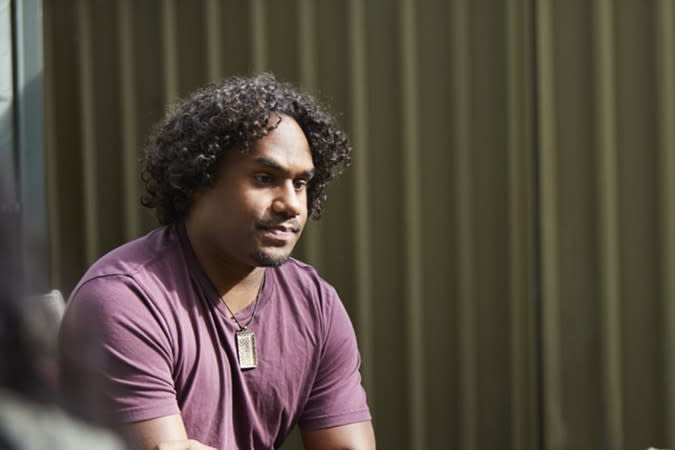What is discrimination?
Discrimination can be a horrible and hurtful experience and, in many instances, it’s against the law.
This can help if:
-
you’re being treated unfairly or threatened based on your identity
-
you want to know about the common types of discrimination
-
you want to learn how to identify instances of indirect discrimination
-
you want to know what you can do if you’re being discriminated against
-
you want to know how to be a better ally to those around you who might be facing discrimination.
What does discrimination mean?
Everyone has the right to be treated fairly and respectfully. When someone is being discriminated against, it means they’re being treated badly or unfairly based on a personal characteristic.
Common reasons that people are discriminated against:
-
their sex or gender
-
if they have any kind of disability
-
their race
-
their age
-
their sexual preferences
-
their religious beliefs.
Different types and examples of discrimination
Discrimination can come in many different forms and can be enacted by an individual or on an organisational or systemic level. Discrimination isn’t always obvious to those around you which is why knowing the signs of direct and indirect discrimination can help you and those around you stop the harmful behaviour.
What is direct discrimination?
Direct discrimination is when someone is treated negatively because of things such as their race, gender, age, or disability. It’s explicit actions or statements directly targeting other people based on their perceived differences.
Common examples of direct discrimination include:
-
someone saying hurtful things or attacking you repeatedly
-
being excluded or left out
-
having a group of people gang up on you
-
being made to do hurtful or inappropriate things
-
being threatened
-
not being offered a job or being paid less due to your identity
-
finding yourself having to defend who you are and what you believe against stereotypes and untrue claims.
What is indirect discrimination?
Indirect discrimination can take place unintentionally because certain societal norms don’t always consider the needs of minority groups such as the disability community or queer community.
Common examples of indirect discrimination include:
-
an employer enforcing a rule that doesn’t consider your personal needs
-
school or uni organising events that you aren’t able to attend because of your specific needs (eg. accessibility).
What is the Anti-Discrimination Act and how can it protect you?
Australia has anti-discrimination laws that stop unfair treatment and promotes fairness in areas like work, school, and getting goods and services. It protects people from discrimination based on things like age, race, or gender identity.
It’s against the law to be discriminated against in these areas of public life:
-
the workplace
-
school or uni
-
accommodation
-
government services
-
accessing goods, services and facilities.
Why do people discriminate against others?
Discrimination is often linked with bullying .
People who negatively discriminate often behave in a way that is intended to disturb or upset the other person.People who negatively discriminate often behave in a way that is intended to disturb or upset the other person. It can sometimes be common to see a rise in discrimination after significant or distressing events, like when an act of extreme violence or terrorism happens or around the time of celebrations for minority groups, like Mardi Gras or cultural festivals.
What to do if you think you’re being discriminated against
Everyone has the right to be treated fairly and respectfully. Sometimes when you experience discrimination, you may not feel confident to do anything about it. You might even feel like you’re making a big deal out of nothing, or that’s just how things are and nothing will change.
It's important to know that if you feel you’re being discriminated against, there are things you can do to address it.
Try to take action yourself
If you feel safe to do so, you can try and explain to the person involved that their behaviour offends you or makes you uncomfortable.
Keep a record
It’s helpful to write down everything that’s happened, including anything you’ve done to address or resolve the situation. Include the date, time of day and where it happened.
Check out your legal rights
There may be legal rights you can turn to when it comes to taking action on discrimination. These processes can be different depending on where and when the discrimination occurs. Check out the Australian Human Rights Commission’s website for information on your rights .
What can I do now?
-
Learn which different mental health professionals you can talk to if you’re experiencing discrimination and not sure how to handle it.
-
Talk to someone anonymously by booking a free, text-based session with ReachOut PeerChat here.


